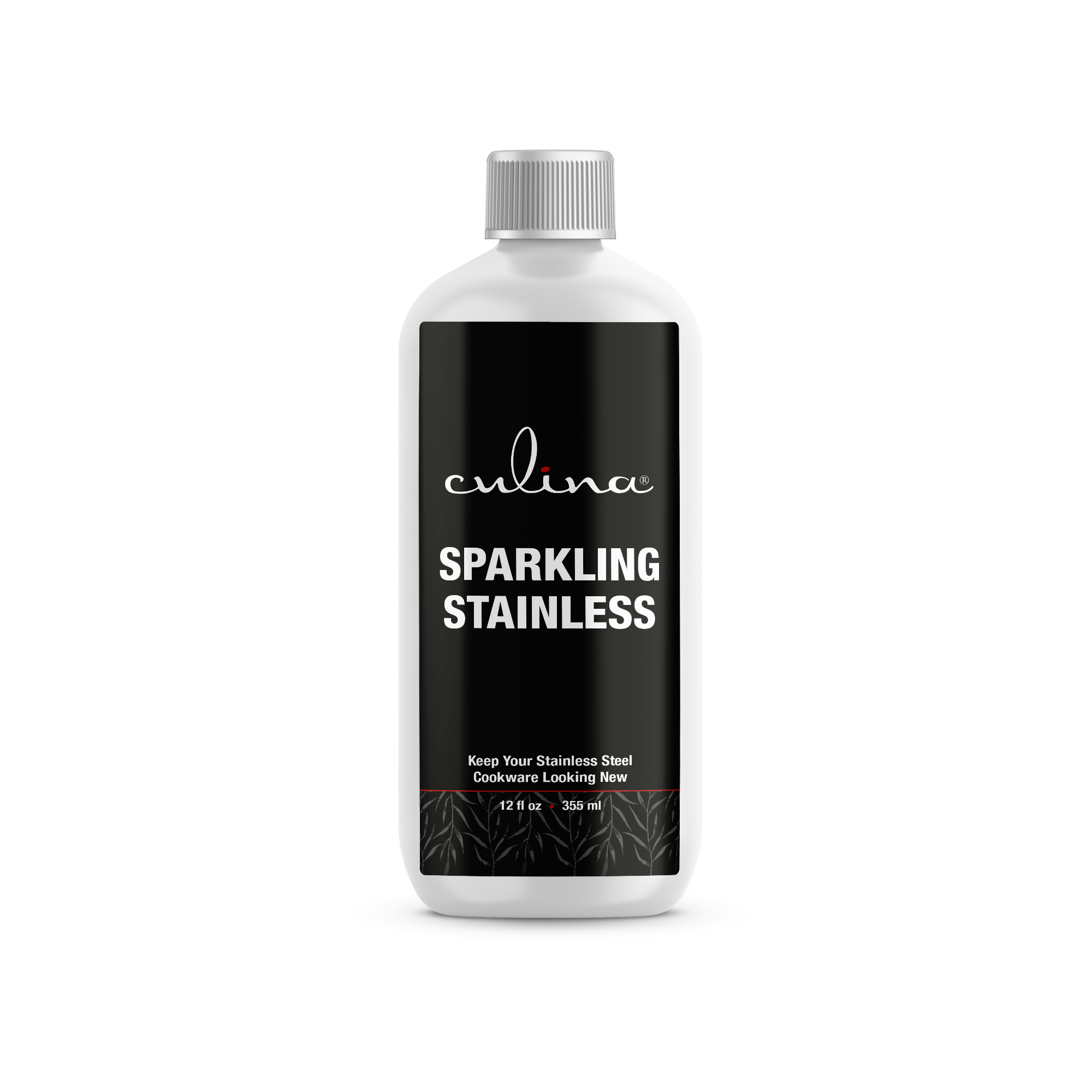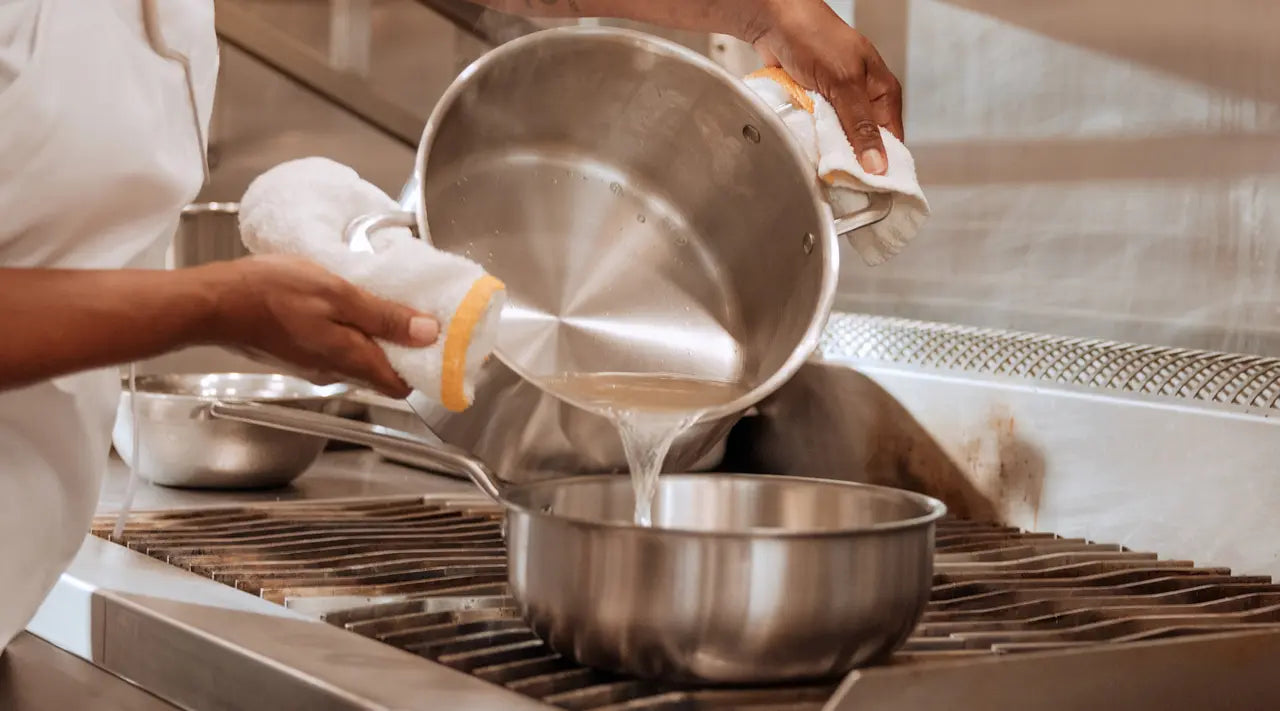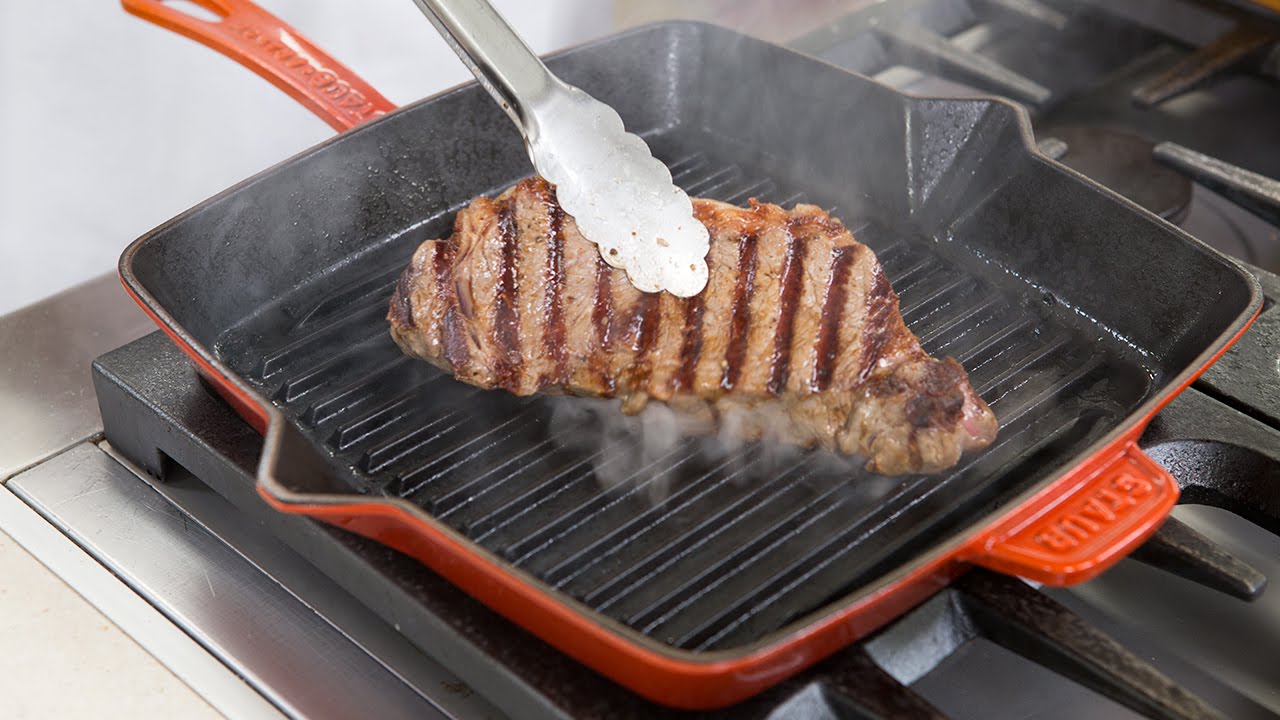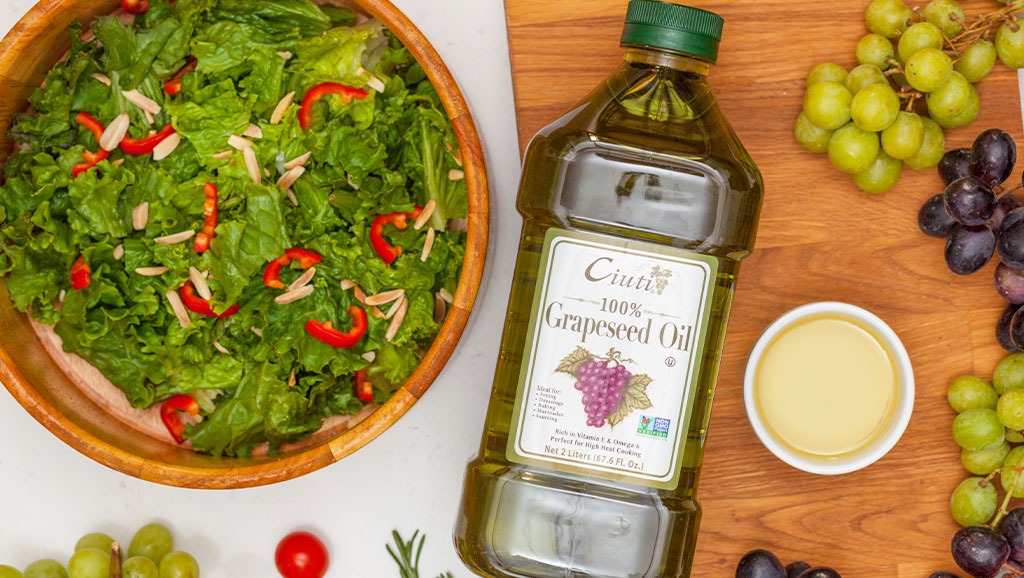It can be a challenge for even the most seasoned kitchen professionals to pour from a saucepan without spilling. Mastering this skill is not just about avoiding messes; its essential for maintaining the quality of your dishes and ensuring safety in the kitchen. In this article, we will delve into how to pour from a saucepan without spilling and share effective techniques that will elevate your culinary skills.
Pouring liquids precisely requires a combination of technique, equipment, and sometimes a bit of finesse. Whether you are a chef at a busy restaurant or a catering professional, the ability to pour thoughtfully and accurately is vital. Lets explore the best practices to pour liquids from a saucepan most effectively.

Understanding the Basics of a Saucepan
Before diving into the pouring techniques, it's essential to understand the design and functionality of a saucepan. A saucepan typically features a flat bottom, high sides, and a long handle, providing even heat distribution while allowing for easy stirring and pouring.
Interestingly, the structure of the saucepan contributes significantly to your pouring technique. If you're interested in understanding more about what a saucepan is and its typical uses, it's worth reading.

The Art of Pouring
Pouring liquids from a saucepan might seem simple, but various factors influence your success. Focus on these key elements:
- Angle of Pour: The angle you hold the saucepan affects the flow of your liquid. A sharper angle accelerates the pour, while a gentler angle slows it down.
- Spout Design: Some saucepans come with a spout built-in. If yours doesnt, consider using tricks to create a makeshift spout.
- Handle Grip: Maintain a firm grip on the handle, but be mindful of your pressure to avoid accidental spills.
:max_bytes(150000):strip_icc()/__opt__aboutcom__coeus__resources__content_migration__simply_recipes__uploads__2020__02__HTC-White-Rice-Method-2-79b7400defdf4e08aacf9580cf44d87e.jpg)
Techniques to Pour Without Spilling
Here are several techniques to safely pour from a saucepan without causing a mess:
1. Control the Pouring Speed
Start pouring slowly at a lower angle to control the flow of liquid. As you get comfortable, you can increase the angle and speed, allowing you to develop more confidence in your ability to handle larger quantities.
2. Use a Ladle for Precision
If you are transferring thick liquids or stews, using a ladle can significantly improve accuracy. This method minimizes the chance of spillage and allows precise serving.
3. Create a Makeshift Spout
If your saucepan lacks a spout, you can create one using the lid. Tilt the lid slightly while gripping it firmly to form a channel through which the liquid can flow.
4. Employ the Two-Person Technique
For large quantities, consider working with a partner. One person can hold the saucepan while the other guides the pour, reducing the chances of a spill. This technique is often utilized in professional kitchens.

Mind the Surface You Pour Onto
Choosing the right surface to pour onto is essential. Whether it's a pot, bowl, or directly onto a plate, ensure its stable and designed for pouring.
Cleaning Up Spills Effectively
Even the best chefs experience spills. Knowing how to effectively clean up the area can prevent slip hazards. Keep a damp cloth handy and promptly wipe up any spills to maintain a safe working environment.
Practicing your Pouring Skills
Like any skill, practice makes perfect. Incorporate various pouring exercises while cooking to enhance your technique:
- Start with water and gradually progress to sauces and thicker mixtures.
- Experiment with different vessels to understand pouring dynamics better.
- Challenge yourself by working with larger quantities.
Conclusion
Mastering the skill of how to pour from a saucepan without spilling is crucial for any kitchen professional. By understanding your tools, practicing effective pouring techniques, and maintaining a clean work environment, you will elevate your culinary capabilities. Remember, even experts can spill occasionally, but with the right strategies, you can minimize mess and maximize precision in your cooking endeavors.
For more kitchen tips, check out related articles: how to season a saucepan, making tea, and keeping rice warm.
FAQs
Q1: What types of liquids are easiest to pour from a saucepan?
A1: Generally, liquids with a thinner consistency, like broth or water, are easier to pour without spilling compared to thicker sauces or stews.
Q2: Can I use a spatula to help pour?
A2: Yes, a spatula can help guide the liquid into a bowl or other containers, providing extra control and helping to prevent spills.
Q3: What if my saucepan doesnt have a spout?
A3: You can create a makeshift spout using the lid technique, or simply practice your pouring method to improve accuracy.
As an Amazon Associate, I earn from qualifying purchases.






Leave a comment
This site is protected by hCaptcha and the hCaptcha Privacy Policy and Terms of Service apply.